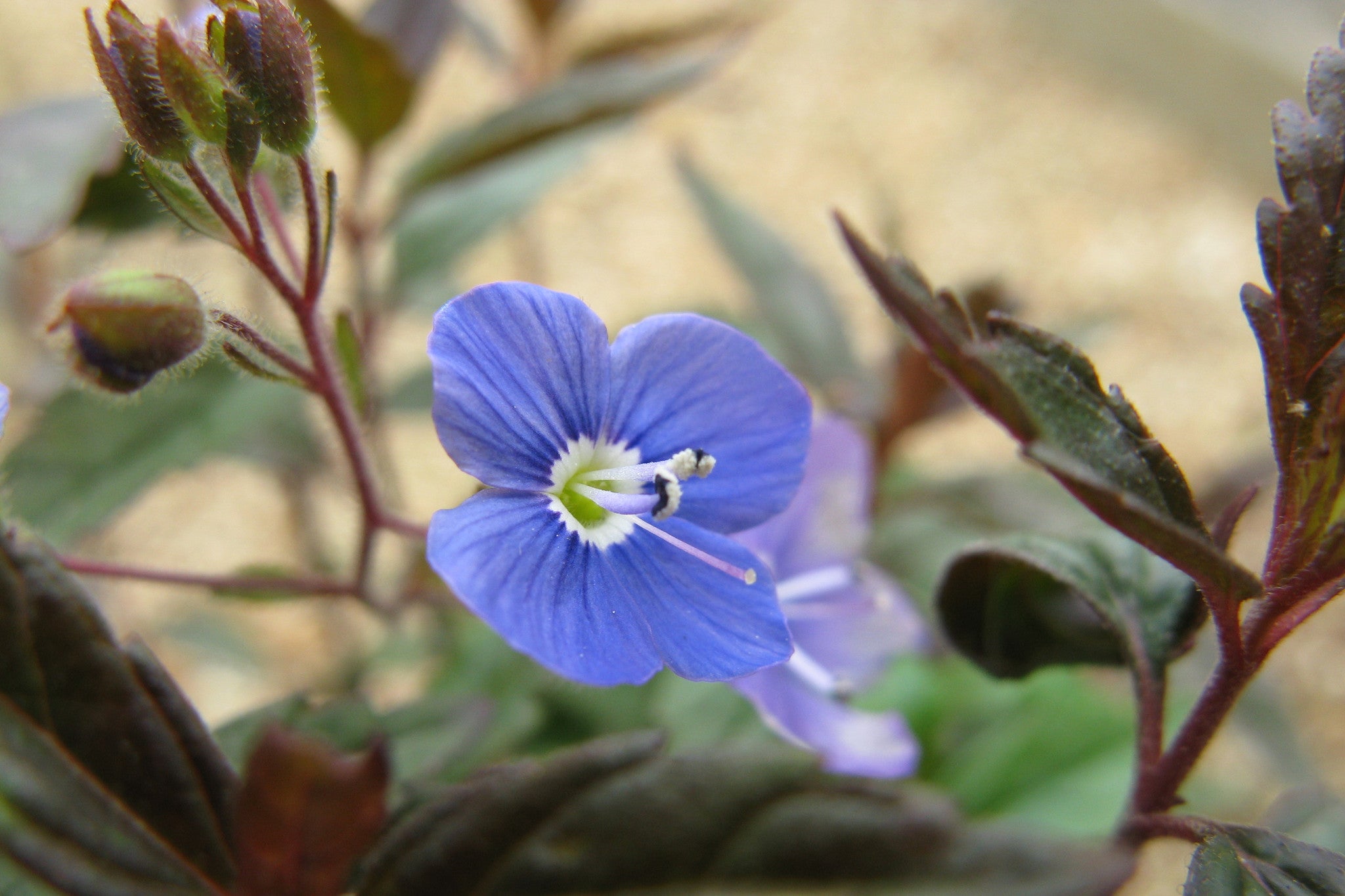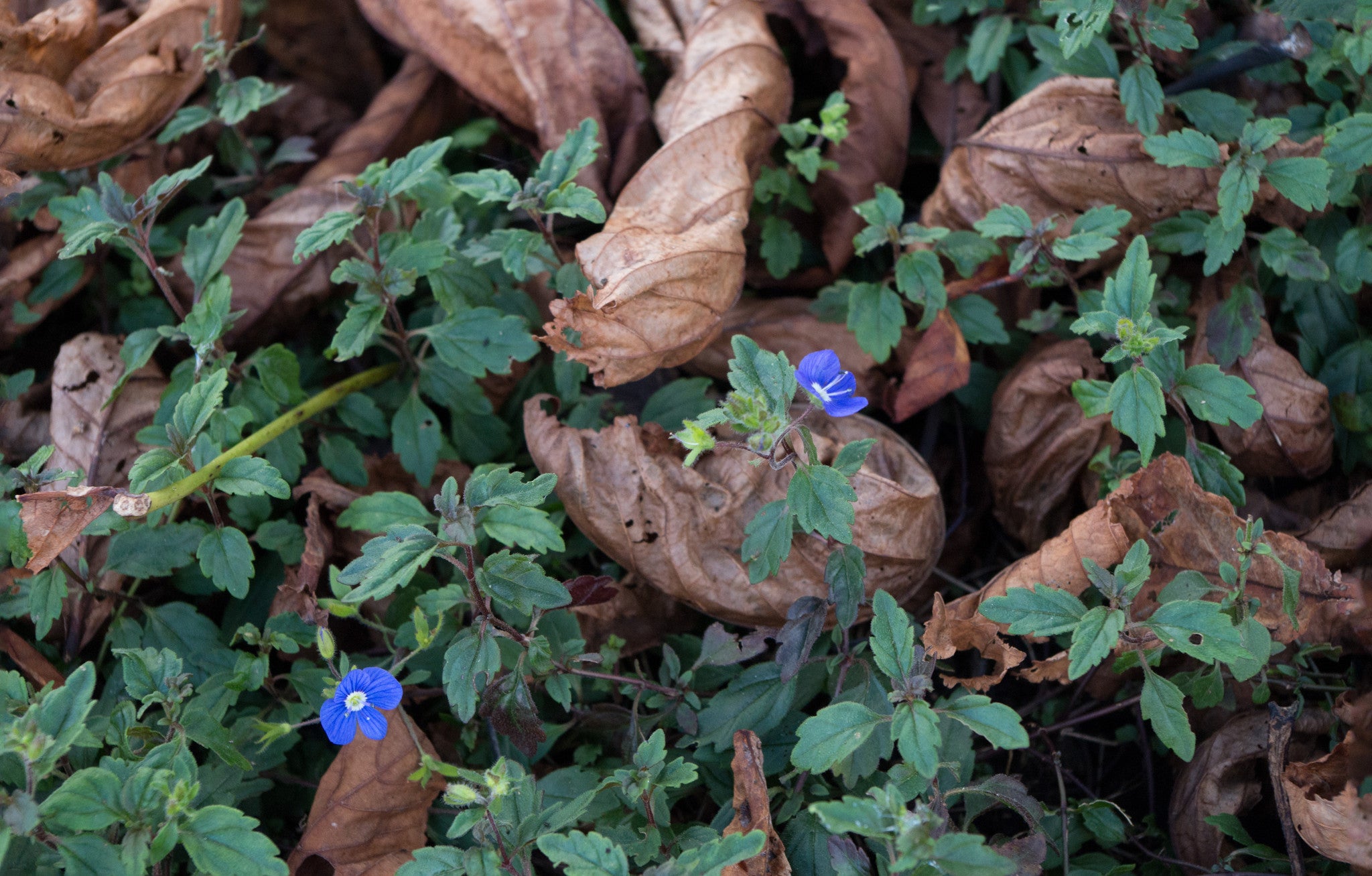Veronica umbrosa 'Georgia Blue'
Approx. 0.5 litre pot
About this cultivar:
Veronica umbrosa 'Georgia Blue' is also know as Veronica peduncularis. This exciting groundcover Veronica was discovered in 1979 in the Republic of Georgia and named by England's Roy Lancaster. It was misidentified as Veronica peduncularis due to an incorrectly identified Kew Gardens herbarium sheet! It features very small, dark green, rounded foliage (glossy purple in winter) that lays flat on the ground, making a nice mat...not weedy. In late winter and early spring the foliage is nearly hidden by an abundance of medium-blue flowers. Very special for the spring garden...great planted with daffodils.
- Position: Full sun, partial shade
- Soil: Almost any soil, grows well in Ballyrobert
- Flowers: March, April, May
- Other features: Grows well in Ballyrobert, Great Ground Cover
- Hardiness: Fully hardy, grows well in Ballyrobert
- Habit: Mat forming
- Foliage: Deciduous
- Height: 30 - 45 cm (1 - 1.5 ft)
- Spread: 30 - 45 cm (1 - 1.5 ft)
- Time to full growth: 2 to 5 years
- Plant type: Herbaceous Perennial
- Colour: Green, blue
- Goes well with: --
About this genus:
Veronica (ver-on-ik-a) is the largest genus in the plantain family (Plantaginaceae), with about 500 species. Common names include speedwell, bird's eye, and gypsyweed.
The species are herbaceous annuals or perennials, and also shrubs or small trees if Hebe is included. Most of the species are from the temperate Northern Hemisphere, though with some species from the Southern Hemisphere; Hebe is mostly from New Zealand.
According to legend, Saint Veronica used her handkerchief to soothe Christ’s brow, and forever after, it bore markings that are supposedly replicated in these long blooming Speedwell flowers. Flourishing in sunny, well drained sites, our Veronica selections are actually quite undemanding - having also done well in part-shade and heavy wet clay soils. They'll deliver dazzling colour to the summer border.




